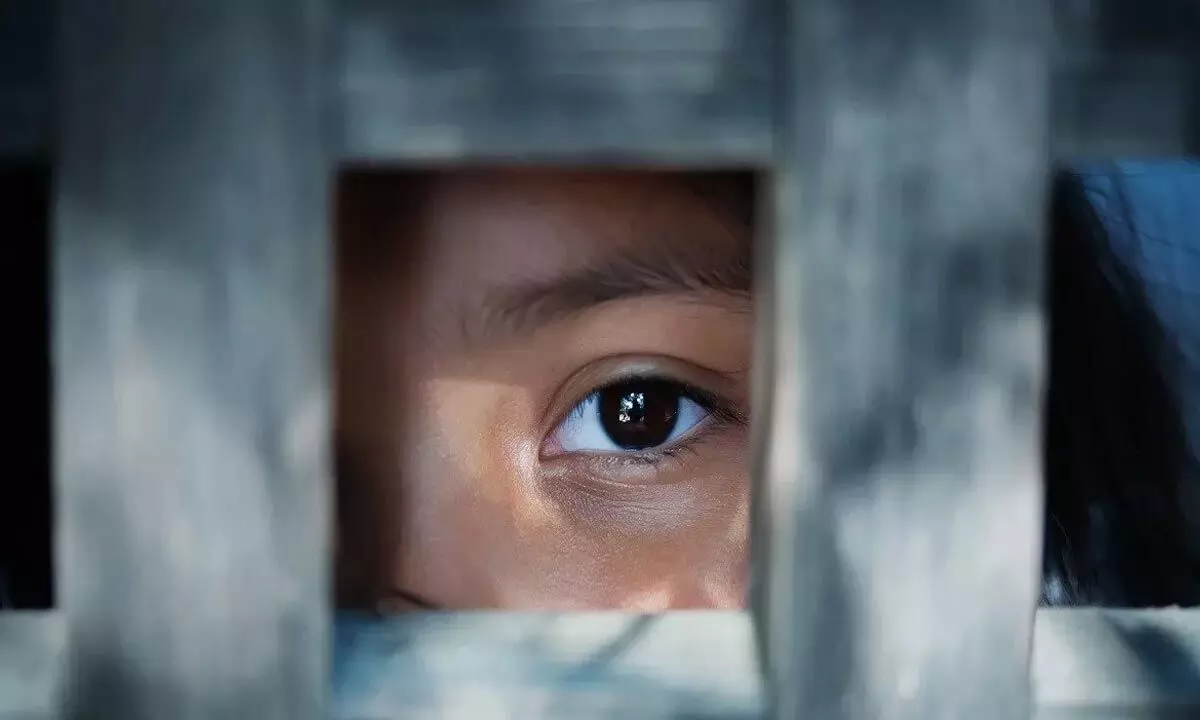Child trafficking continues to thrive
Child trafficking is abuse, exploitation and gross rights violation, in its worst form. Children make up almost a third of all human trafficking victims worldwide, says a recent UNICEF report.
image for illustrative purpose

Child trafficking is abuse, exploitation and gross rights violation, in its worst form. Children make up almost a third of all human trafficking victims worldwide, says a recent UNICEF report. They are tricked, forced or persuaded to leave their homes and are moved or transported and then, exploited, forced to work or sold. Media reports on July 20, 2022, say that 10 minor girls, aged between 13 and 17, from West Singhbhum district in Jharkhand were rescued by the police from an illegally run placement agency in North Delhi. All the girls had been trafficked to the Capital with promises of well-paid jobs. The hapless 'victims' in the lush green tea plantations of Dooars in North Bengal, trafficking of children and youth is a common occurrence. Multiple studies and reports have revealed that in the tea gardens of north Bengal, it's the rescued traffic victims who turn agents for more 'recruitments.'
Data from the National Crime Records Bureau mirror the ground reality. An average of 174 children went missing every day in the country in 2016 and the number rose to 200 in 2019. 2020 saw a slight dip in the count (162), possibly because of the pandemic fall-out. The predators Trafficking is an organized crime, very much economic in nature.
What is the way out then? CRY, for one, has addressed the issue of child trafficking with a two-pronged approach – preventive and responsive. As part of preventive measures, they identify 'vulnerable' families and children and link them to various social protection schemes. Efforts are made to ensure all children in our intervention areas are enrolled in formal schools and they attend classes regularly. Child protection committees in villages keep a close watch on 'vulnerable' families and children and also on the activities of 'agents.' Children's groups or collectives play an important role in spreading awareness on the issue among the community. The groups also serve as a platform for to share their views and perspectives on issues such as trafficking, child labour, child marriage and more.
The prevention strategies aim to boost coordination between village and district level officials, teachers, police, community leaders and also the children's collectives and create a stringent safety net to protect vulnerable children and youth in every which way. As part of its response approach, the focus is on advocacy for effective implementation of laws, programmes and policies. The aim is to strengthen systems and processes in place for rescue, repatriation, rehabilitation and re-integration with mainstream.
The malaise is ingrained and widespread. The path to eradication is complex and riddled with insurmountable challenges including that of data collection. But the fight needs to continue, in earnest. And, it's time nations across the world join hands in this collective mission, so that innocence is not lost in oblivion.

